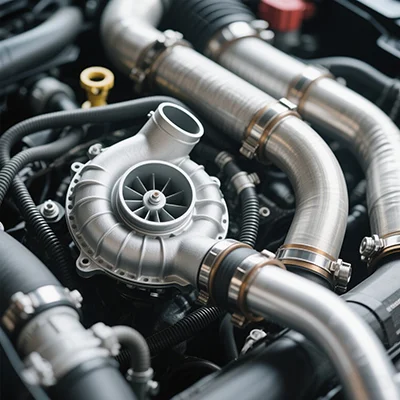Styrofoam vs. Plastic: A Comprehensive Environmental Impact Analysis
In the ongoing battle against environmental degradation, two materials frequently come under scrutiny: Styrofoam (expanded polystyrene) and plastic. Both are ubiquitous in our daily lives, serving various purposes from packaging to food containers. However, the question remains: which is worse for the environment? This article delves into the environmental impacts of Styrofoam and plastic, examining their production processes, degradation timelines, and overall ecological footprints.
Understanding the Materials
Styrofoam is a brand name for expanded polystyrene (EPS), a lightweight material made from petroleum. It is commonly used in food packaging, insulation, and disposable cups. Plastic, on the other hand, encompasses a wide range of synthetic materials, including polyethylene, polypropylene, and polystyrene, each with its own properties and applications. The versatility of plastic has made it a staple in modern manufacturing, but its environmental consequences are profound.
Production Processes and Resource Use
The production of both Styrofoam and plastic is resource-intensive. Styrofoam manufacturing involves the polymerization of styrene, a petroleum derivative, which not only consumes fossil fuels but also releases volatile organic compounds (VOCs) into the atmosphere. The extraction and refining of petroleum contribute significantly to greenhouse gas emissions, making Styrofoam production environmentally taxing.
Plastic production is similarly detrimental. The process begins with the extraction of crude oil or natural gas, followed by refining and polymerization. The energy-intensive nature of these processes results in substantial carbon emissions. According to a report by the Centre for International Environmental Law, the plastic industry could contribute up to 1.34 gigatons of greenhouse gases annually by 2030 if current trends continue.
Degradation and Longevity
One of the most critical factors in assessing the environmental impact of these materials is their degradation timeline. Styrofoam is notoriously resistant to decomposition, taking hundreds of years to break down in landfills. Its lightweight nature allows it to be easily carried by wind and water, leading to widespread pollution in oceans and waterways. Marine life often ingests Styrofoam, mistaking it for food, which can lead to fatal consequences.
Plastic, while also slow to degrade, varies significantly in its types and compositions. Some plastics, like polyethylene, can take up to 1,000 years to decompose. However, certain biodegradable plastics are designed to break down more quickly under specific conditions. Unfortunately, the majority of plastic waste ends up in landfills or the ocean, where it fragments into microplastics, posing a severe threat to marine ecosystems and entering the food chain.
Ecological Impact
The ecological ramifications of both Styrofoam and plastic are profound. Styrofoam pollution is particularly harmful to marine environments. It not only contributes to the physical degradation of habitats but also leaches harmful chemicals into the water, affecting aquatic life. The ingestion of Styrofoam by marine animals can lead to malnutrition and death, disrupting entire food webs.
Plastic pollution, on the other hand, has garnered significant attention in recent years. The Great Pacific Garbage Patch, a massive accumulation of plastic debris in the ocean, serves as a stark reminder of the scale of plastic pollution. Microplastics have been found in the most remote parts of the planet, including the Arctic, posing risks to both wildlife and human health. The ingestion of microplastics by fish and other marine organisms raises concerns about bioaccumulation and the potential transfer of toxins to humans.
Regulatory Landscape and Alternatives
In response to the environmental challenges posed by Styrofoam and plastic, many regions have implemented bans or restrictions on their use. Cities and countries worldwide are moving towards more sustainable alternatives, such as biodegradable materials, compostable packaging, and reusable containers. Innovations in material science are also paving the way for the development of eco-friendly substitutes that can mitigate the environmental impact of traditional materials.
Conclusion: The Verdict
Determining which material is worse for the environment—Styrofoam or plastic—requires a nuanced understanding of their production, degradation, and ecological impacts. While both materials pose significant environmental challenges, Styrofoam's persistence in the environment and its detrimental effects on marine ecosystems may position it as the more harmful option. However, the pervasive nature of plastic pollution cannot be overlooked, as it continues to threaten wildlife and human health on a global scale.
